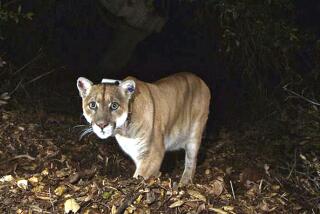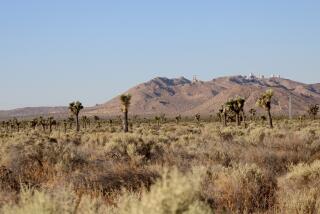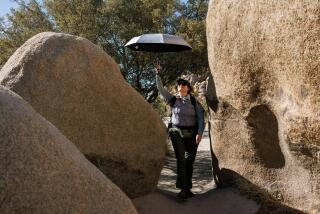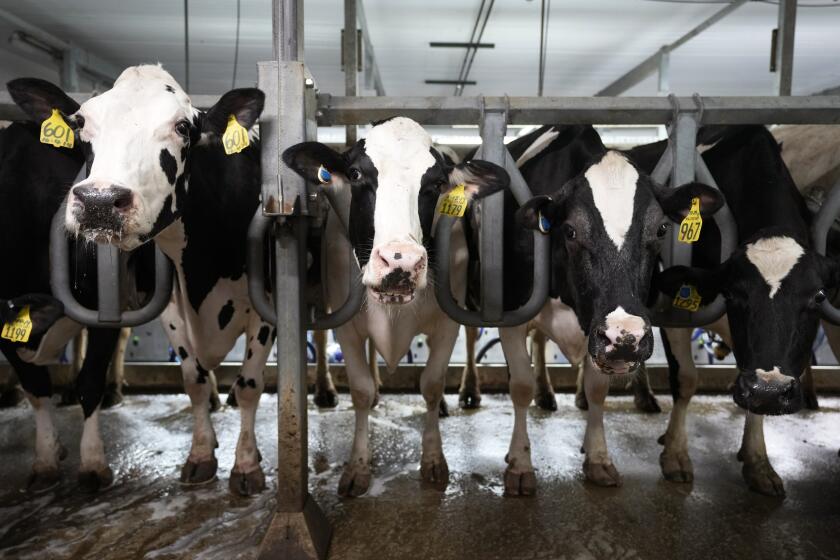
- A judge ruled that federal land managers didn’t show how they minimized impacts to vulnerable species in an off-road vehicle management plan in the Western Mojave Desert.
- The area is home to the dwindling desert tortoise and an endangered plant called the Lane Mountain milk-vetch.
- Conservationists will seek additional protections for the tortoise while next steps are hammered out.
A federal judge has struck down the latest Bureau of Land Management plan to manage off-roading routes in the Mojave Desert, saying it didn’t provide adequate protections for the dwindling desert tortoises in the region.
U.S. District Judge Susan Illston in an order issued Tuesday found the plan violated environmental law by failing to show how it designated routes to minimize impacts to vulnerable species, including the Mojave desert tortoise. The tortoise is listed as a threatened species by the federal government, but California officials earlier this year escalated its status to endangered.
The closest the federal agency came to meeting the requirements were optional, unenforceable measures that the court deemed insufficient.
Illston said the BLM failed to show how designating thousands of routes for off-road vehicles in critical tortoise habitat and conservation areas “aligns with the objective of minimizing impacts to this threatened species.” The U.S. Fish and Wildlife Service estimated the adult tortoise population would have plummeted by about 50% in the area of the route network in the last decade, based on previous findings.
Illston largely — but not entirely — sided with environmental groups who in 2021 sued the BLM and U.S. Fish and Wildlife Service over a revised version of the plan.
Responding to other issues raised in the suit, the court found the agency adequately discussed the environmental impacts of the routes and explored a reasonable range of alternatives before adopting it.
The same judge rejected an earlier version of the plan 15 years ago, and the latest ruling punctuates an 18-year saga that began when the initial suit was filed in 2006.
The route network accesses roughly 3.1 million acres of land managed by BLM in the Western Mojave Desert, including parts of San Bernardino, Los Angeles, Riverside, Kern and Inyo counties. A number of protected species inhabit the area, including the tortoise and an endangered plant, the Lane Mountain milk-vetch.
BLM and USFWS declined to comment, saying through spokespeople that the agencies don’t comment on litigation-related issues or litigation, respectively.
Lisa Belenky, senior counsel for the Center for Biological Diversity, one of the groups that brought the suit, called it a “major victory for California’s desert wildlife.”
“The desert tortoise is in terrible shape, especially in the West Mojave, where it’s in the worst shape. And it’s partly due to this kind of habitat loss and the constant fragmentation,” Belenky said. “So I think the agencies need to actually grapple with it and actually do their job, which is to manage these activities on our public lands.”
ATVs, dune buggies and other off-road vehicles can slam into the slow-moving tortoises with domed shells and heavily scaled, flattened forelimbs used for digging. The activity can also collapse burrows and dry out the land, killing plants they rely on.
A representative for California Off-Road Vehicle Assn. declined to comment, reporting that the advocacy group off-road for vehicle enthusiasts had not had time to review the judge’s 107-page decision.
A court hearing is scheduled for next month to begin discussing next steps.
Jeff Aardahl, senior California representative for Defenders of Wildlife, said there were 150 to 200 tortoises per square mile back in the 1970s when he was doing survey work for BLM in the Western Mojave. Now there’s more like 4 to 6 per square mile, he said.
Aardahl said “one of the primary factors” for the drastic reduction is “this continued intense off-road vehicle use every year.”
The judge ruled that the federal Fish and Wildlife Service erred in its opinion that the plan “was not likely to jeopardize the survival and recovery of the desert tortoise” by not taking into account two studies that addressed the threat of off-road vehicles.
One study found that “the human presence threat model,” which included off-highway vehicle use, caused the most significant decline of the tortoise in a study area in the Western Mojave, the order states.
“With the low numbers right now, if things don’t change rapidly in favor of the tortoise, it’s going to continue to decline and it would likely just disappear from the Western Mojave,” Aardahl said.
Belenky said it’s likely the plan will likely be kicked back to the agency to redo, but “what will happen on the ground in between is a question.”
Environmentalists hope to see limits put on off-road recreation while the agency goes back to the drawing board.
That could include seasonal restrictions on off-roading in critical habitat during the primary activity periods for the tortoise in the spring and fall, “when they’re above ground,” Aardahl said.
Another measure he floated was restricting the use of unlicensed vehicles in the area.
“We will be prepared to go in and offer up solutions that are based on science, that are proven, that are needed to make sure the desert tortoise has some chance of survival,” he said.







